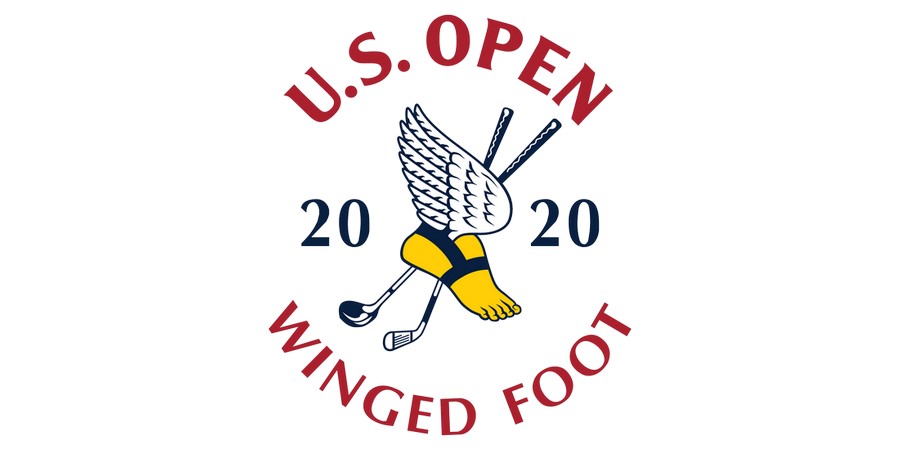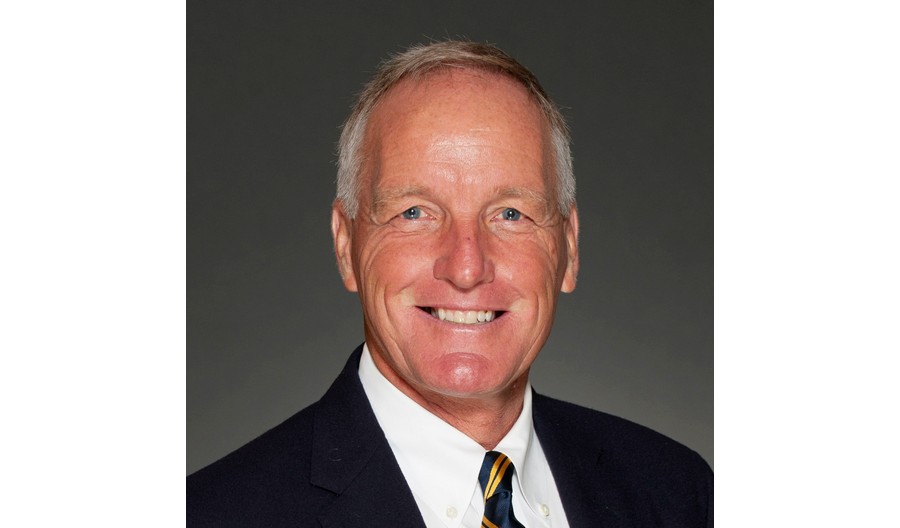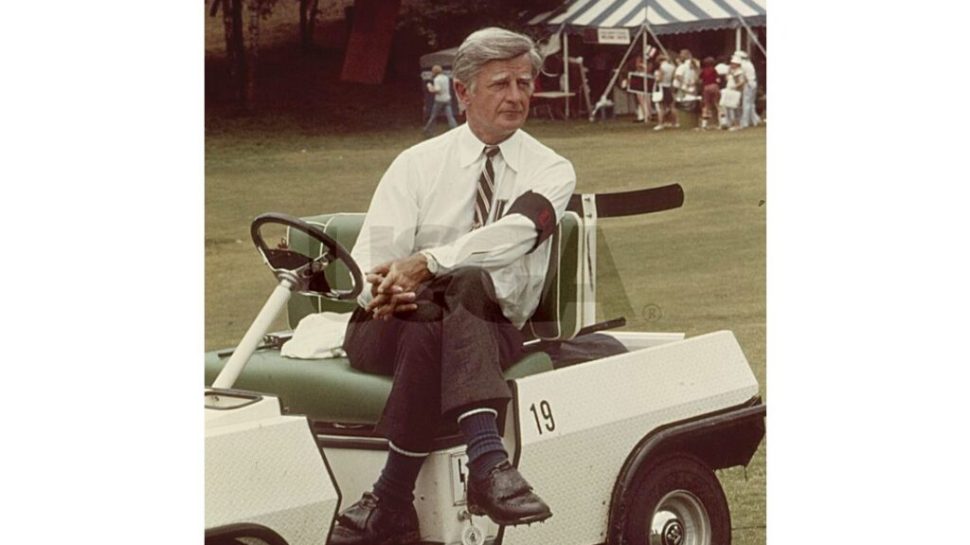
Sports competitions are supposed to be decided by the actual participants. However, over the last several US Opens the focus of attention has shifted to the actual administration of the event via the United States Golf Association (USGA). The set-up of the host site has always been a USGA function and how that has been implemented and received by those competing in the event has fluctuated. However, in recent events the spotlight has intensified.
Getting venues prepped for a US Open is no small task. The period of time involved is far more than just a few weeks or months prior to the staging of the championship. There are also elements outside the control of the organizers — most notably Mother Nature. Pushing courses to be as firm and fast as fairly as can be done is a very tricky proposition. There have been instances when the USGA has crossed that line resulting in major concerns that luck, rather than skill, is the requisite ingredient to hoisting the trophy.
.@TigerWoods & #philmickelson are possibly the only people that can open the @USGA eye’s. Although they have never listened or learnt in the past.. One day it will happen but I will probably be retired from playing US Open golf. What a shame.
— Ian Poulter (@IanJamesPoulter) July 2, 2018
“More stubborn than an old man” https://t.co/tkA2Cm2ux5
At the 2018 event at Shinnecock Hills the USGA took the unprecedented steps in admitting error in how the 2004 event — also at Shinnecock Hills — had lost playability of the 7th green during the final round. At a press event prior to the ’16 event the USGA stated unequivocally that what happened in ’04 would not happen again. Such a statement was put to the test when certain putting surfaces and specific pin locations for the ’18 event caused pushback from players stating fair play was not possible. To dramatize the situation, Phil Mickelson opted to hit a moving ball on the 13th green during the 3rd round illustrating how conditions had crossed the boundaries of fairness.
The USGA acknowledged the error and the final round featured benign pin locations resulting in lower scores — including a 63 by eventual runner-up Tommy Fleetwood — barely missing a birdie putt at the final round for a record breaking round of 62 and a spot in a playoff with eventual winner Brooks Koepka.

Course conditions were also an issue at the 2015 event at Chambers Bay in Washington State where fescue surface greens were pushed beyond their stress limits. Players fumed. The next year at Oakmont — it was not a preparation issue but a rules interpretation involving champion Dustin Johnson that nearly resulted in a debacle of epic proportions. At the 2017 event held in Wisconsin at Erin Hills, the USGA opted to keep fairways at wider widths anticipating wind velocities that never materialized. Pushback from critics stated the Open that year was merely a launching pad for the strongest of players with little real punishment for inaccurate tee shots.

Yet, top players have lauded the actions of Kerry Haigh, Chief Championship Officer, point person in the annual set-up for the association’s flagship event — the PGA Championship. Haigh has been resourceful in making sure the skillset of players is rigorously tested but not to the point where contrivance becomes the more needed element for success. This year’s PGA Championship was played at municipally-owned TPC Harding Park in San Francisco and players overwhelmingly stated satisfaction with how the course was prepared.
This year’s event at Winged Foot presents both opportunities and challenges. Returning to a proven venue gives the USGA a clear pathway for success. The flipside is that during the 1974 event at Winged Foot the degree of difficulty was so high the chairperson of the competitions committee for the USGA — Frank “Sandy” Tatum, Jr., made famous the following quote after the 1st round produced no subpar rounds.

“We’re not trying to humiliate the best players in the world,” said Tatum. “We’re simply trying to identify who they are.” What concerned players at the ’74 event was that a year earlier at Oakmont, Johnny Miller captured the title with a then record setting final round 63. A book chronicling the ’74 event by sportswriter Dick Schapp was aptly titled, “Massacre at Winged Foot.”
Given the history, the USGA has taken steps in showing a desire to build rapport with the game’s elite players. Nick Price, the former PGA TOUR star and three-time major winner, was invited to join the USGA Executive Committee in 2018. The action was the first-time a professional player of such stature had been invited to do so.
In March 2019, the USGA created a new position — Players Relations Director — filled by former PGA TOUR player Jason Gore with the intent to provide a crucial link in fostering better overall understandings between the association and those playing professional golf at the highest of levels.
“All that you would see for a U.S. Open and what Winged Foot is – a premium on accuracy, it’ll all be here, it’s just a little later in the year.”
— U.S. Open (USGA) (@usopengolf) September 12, 2020
The USGA’s John Bodenhamer and @DanHicksNBC take a deep dive into the course setup of Winged Foot, Presented by @Cisco. #LifeonWebex pic.twitter.com/pwcQvpdfzr
In early 2019, USGA CEO Mike Davis relinquished his dual role in running the affairs of the association and being the point person for the set-up of the Open — something he had been doing since 2011. Davis stated the desire to step aside had already been in motion and had nothing to do with what had happened at Shinnecock Hills but those within the broader golf community were left to wonder whether the timing of the announcement was a clear admission that something needed to be done. John Bodenhamer, Senior Managing Director of Championships, assumed that role with last year’s event at Pebble Beach which was anything but severe in its overall presentation resulting in a score of -13 (271) for winner Gary Woodland.
USGA’s Mike Davis has voluntarily stepped away from his longtime lead role in setting up U.S. Open golf courses: https://t.co/FmvpP4XNX6 pic.twitter.com/8g1PDPyw2T
— Golf Channel (@GolfChannel) January 3, 2019
Winged Foot has always been a stout challenge. In the previous five US Open championships staged at the Westchester County club. Only two men — Fuzzy Zoeller and Greg Norman — have finished under-par for 72 holes with Zoeller capturing the title in an 18-hole playoff by scoring 67 to the Aussie’s 75.
The storyline for this year’s US Open will be an interesting one to see unfold. The USGA is certainly interested in seeing players take center stage and for its role to recede to the background.
Have key lessons been learned? Will Winged Foot once again demonstrate its capacity to bring the game’s most skilled players to their knees? How far can the course envelope be pushed before the edge is crossed? The stakes are that high and the USGA knows that better than anyone.
All eyes will be watching.
